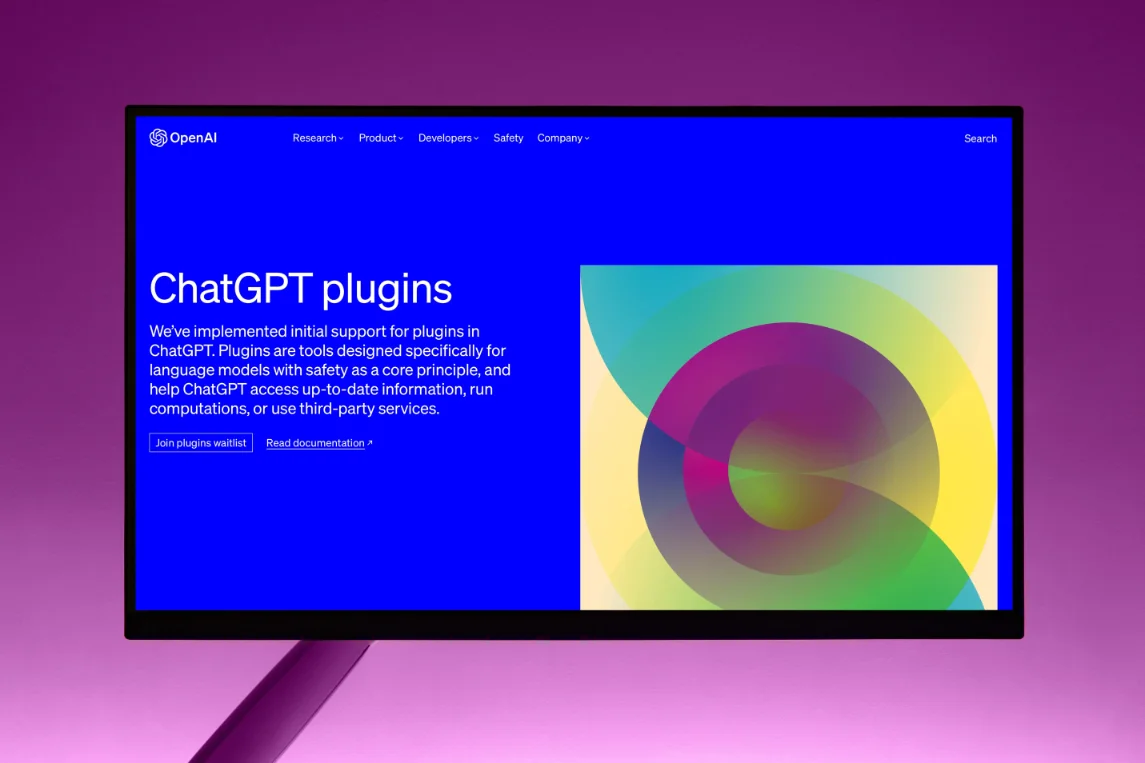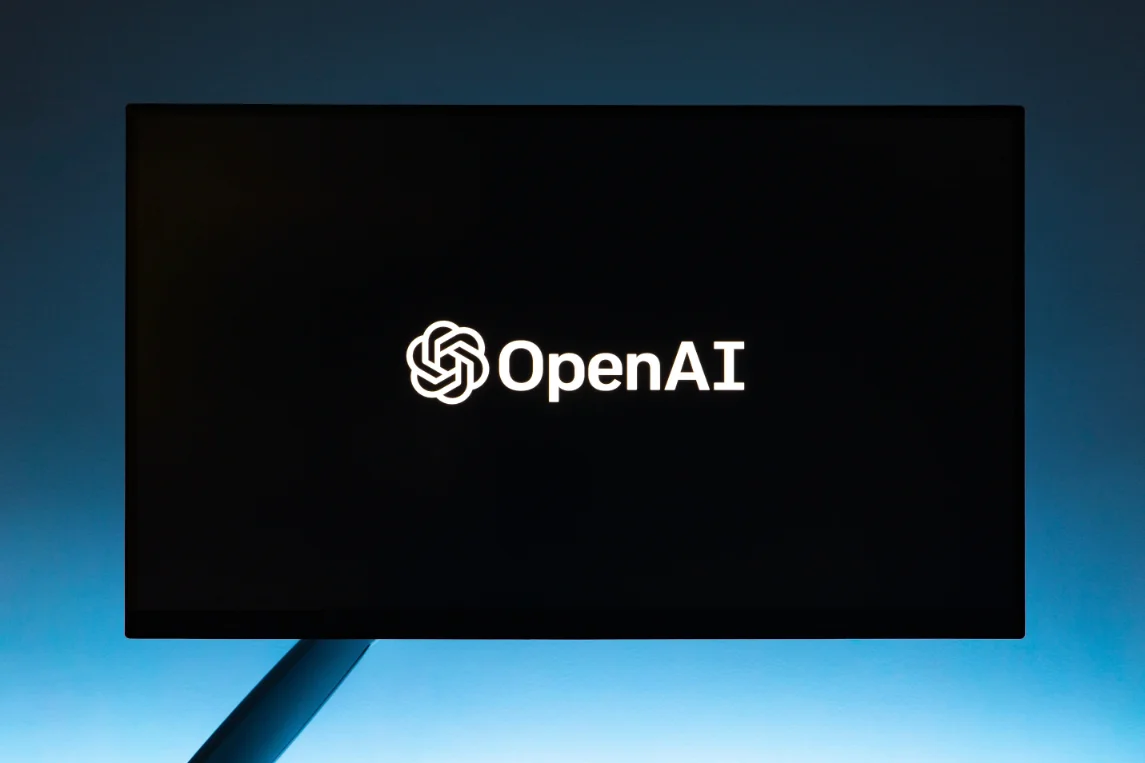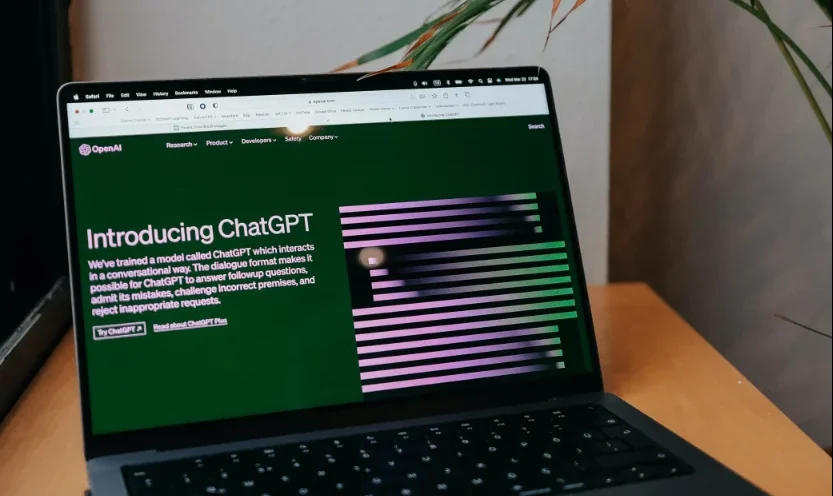Ask any colleague what AI (Artificial Intelligence) he or she uses and the answer will probably be “ChatGPT. This OpenAI language model has normalized the use of AI in various industries in a short period of time. A common application of ChatGPT is integration into existing business processes. In this way, a company can save time, better serve customers or support staff.
Although OpenAI’s language model is incredibly popular, it is not the only AI tool that offers tremendous potential. Another major player in the AI market is Google’s Bard. This AI tool functions in a similar way to ChatGPT, namely, as a chatbot.
In addition to chatbot Bard, Google is working on many other AI projects. This article focuses on the similarities and differences between Google’s Bard AI tool and ChatGPT.
Google versus Microsoft
One of OpenAI’s biggest investors is U.S.-based Microsoft. Since the launch of ChatGPT in November 2022, it became immediately clear that the AI could well become a formidable competitor to Google’s search engine. After all, why scroll through ads via Google when you can also get the answer from a chatbot?
 Google’s answer to ChatGPT, Bard, has been in limited testing since early February 2023. Both AIs are undergoing plenty of testing and tweaking by the parent companies. That Google’s Bard was not yet perfect became clear in early February.
Google’s answer to ChatGPT, Bard, has been in limited testing since early February 2023. Both AIs are undergoing plenty of testing and tweaking by the parent companies. That Google’s Bard was not yet perfect became clear in early February.
Google shared a GIF of a response from Bard to the question “What new discoveries from the James Webb Space Telescope can I tell my 9-year-old child about? Indeed, one of the answers Bard gave was “was that the telescope had taken one of the first pictures ever of a planet outside our own solar system. This answer is factually incorrect, as many astronomers pointed out on Twitter.
Giving factually incorrect information by AI tools we know as “hallucination. This term refers to the phenomenon in which a trained model generates erroneous or irrelevant information that does not correspond to reality. Both Bard and ChatGPT are no strangers to hallucinations.
Connection to the Internet
A key difference between OpenAI and Google’s language models was the connection to the Internet and the AI, or the absence thereof. Google’s Bard had had direct connection to the Internet for some time. OpenAI’s earlier models did not yet have this. Recently, the new model, ChatGPT-4, also connected to the Internet.
Before ChatGPT connected to the Internet, the AI’s knowledge was limited to September 2021. OpenAI’s AI tool was trained with texts up to that date. Currently, ChatGPT uses the capabilities of search engine Bing to pull information from the Internet.
 Direct access to the Internet makes it more difficult for AI tools to verify or assess information. After all, there is suddenly access to an awful lot of information that was unknown before the tools. This has somewhat increased the chances of AI spreading misinformation. But, both Google and Microsoft are already familiar with rating online content because of their search engines.
Direct access to the Internet makes it more difficult for AI tools to verify or assess information. After all, there is suddenly access to an awful lot of information that was unknown before the tools. This has somewhat increased the chances of AI spreading misinformation. But, both Google and Microsoft are already familiar with rating online content because of their search engines.
Training the models
Although both AI models as chatbot textually answer questions (prompts) from the user, there are several differences between Bard and ChatGPT. The biggest difference is in the way the models are trained.
Google’s Bard uses Google’s language model for dialogue applications (LaMDA). Because this language model has direct access to the Internet, Bard could easily provide real-time answers from the beginning. As a result, the model thus learns continuously.
For ChatGPT, this works differently. This tool is provided with data in advance. ChatGPT therefore had information until September 2021. Ask the current free version of ChatGPT what it knows about topics after this date and it won’t be able to give you an answer. So the linking of GPT-4 to the Internet has changed this.
Dialogue versus text features
The purpose of the two models differs. The language model behind Google’s Bard, LaMDA, is built and trained focused on dialogue and conversation. ChatGPT, on the other hand, is trained on a huge dataset of text from the Internet. Consider books, Wikipedia, articles and documents on the Internet.
Although GPT can understand and generate a wide range of text for multiple purposes, LaMDA is specifically designed for more natural and open conversations with people.
The difference is in the handling of customs. For example, LaMDA is trained to understand the intent behind a user’s questions and the nuance of the context. This makes the answers given by Bard seem more human than those given by ChatGPT.
 Cost of ChatGPT versus Google’s Bard
Cost of ChatGPT versus Google’s Bard
A final difference can be found in the price tag of both tools. Google’s Bard is not currently available to everyone. The waiting list allows interested parties to apply for admission. Those who do have access do not have to pay for it (yet). Bard is currently free to use.
The cost of ChatGPT varies. The standard version of ChatGPT is free to use for anyone who has an OpenAI account. OpenAI has also released a premium version of the tool, namely, ChatGPT Plus. This version is available for $20 per month. ChatGPT Plus works faster, is available more often and allows you to work with ChatGPT-4.
It is also possible to integrate ChatGPT‘s API into existing processes. The cost of the API depends on the data model chosen and the number of words it processes.
The best AI solution
So besides similarities, there are also many differences between Google’s Bard and OpenAI ChatGPT. But, which AI solution is the best? Because Bard is not fully available at this time, it is difficult to say. In addition, the answer to this question will probably lie in the application.
The AI models cannot yet give us the answer to this question. But, Brthrs is happy to tell you more about implementing ChatGPT into your company or organization’s business processes. Please feel free to contact us for more information.




